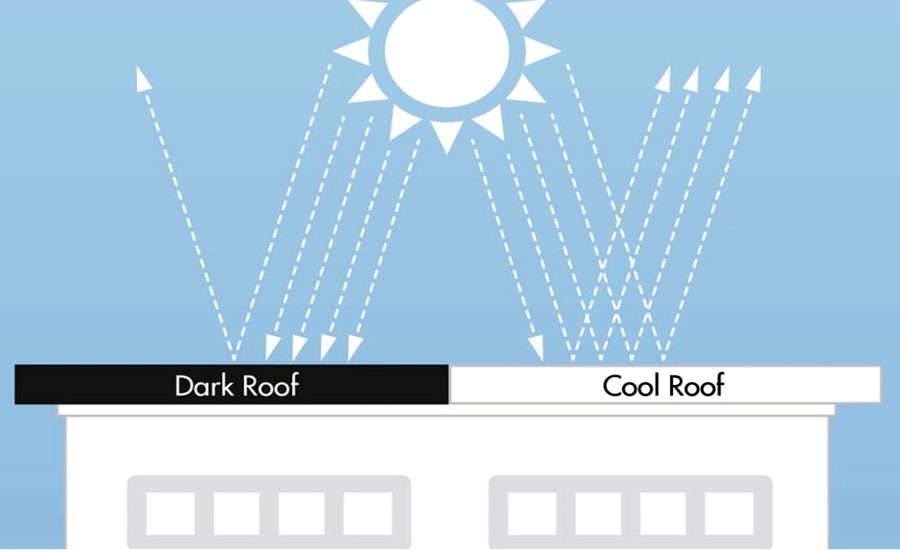
With increasingly warming temperatures during the summer months, urban cities like Chicago need to arm decision-makers and communities with information about strategies to help keep their residents cool. One strategy involves something all buildings already have: a roof.
A recent study helps confirm what many roofing contractors are likely already aware of: Certain roofing materials can help cool the surrounding outside air and decrease the need for air conditioning.
They found that the three types of roofs reduced the near-surface temperature and AC consumption demand during daytime hours when air temperature is the highest. Because all the roofing strategies offer cooling effects, they reduce AC consumption. Cool roofs reduced AC energy consumption the most, followed by green roofs and solar panel roofs. Energy demand was shown to be reduced by 16.6%, 14%, and 7.6% when cool roofs, green roofs, and solar panel roofs were deployed, respectively.
Overall, the large-scale deployment of cool roofs showed the best potential for cooling effects and cooling energy saving. They cost less than the other two technologies, and they do not require additional water. The laboratory suggests stakeholders can use the results of the study to inform sustainable development approaches, lower summertime cooling energy demand, and help minimize greenhouse gas emissions in the long term over the Chicago region.
The results of this baseline study will help CROCUS communities plan and test mitigation options and are a good starting point for what the researchers hope to achieve next, a city-scale and global-scale model for each of the roofing options.

